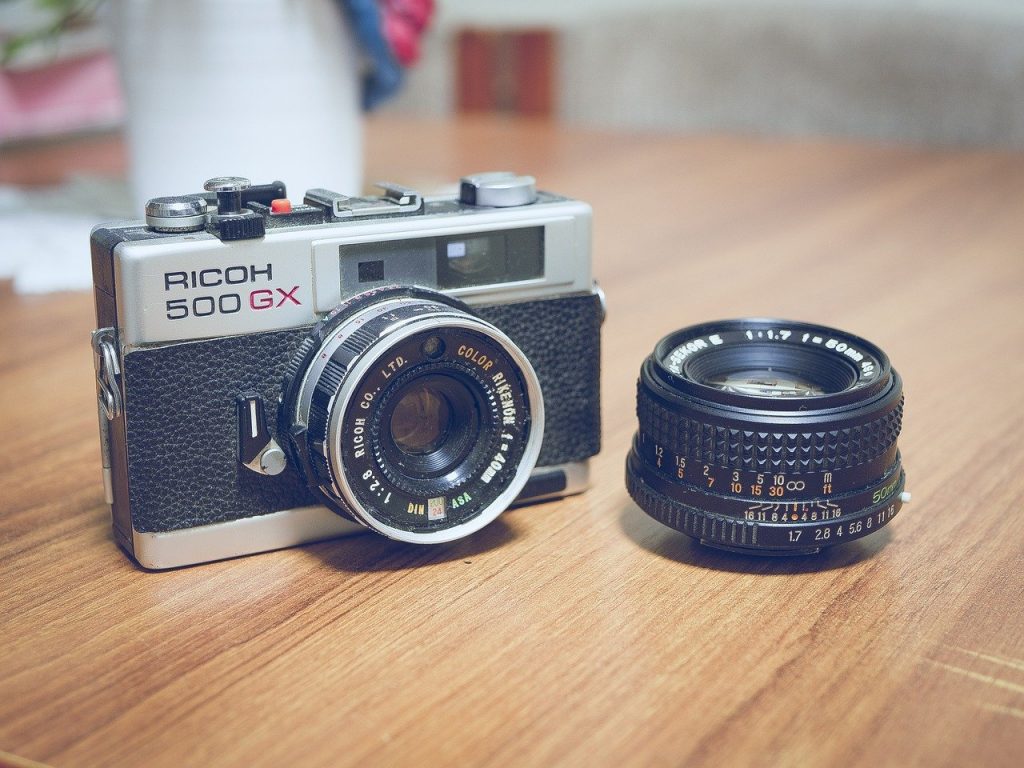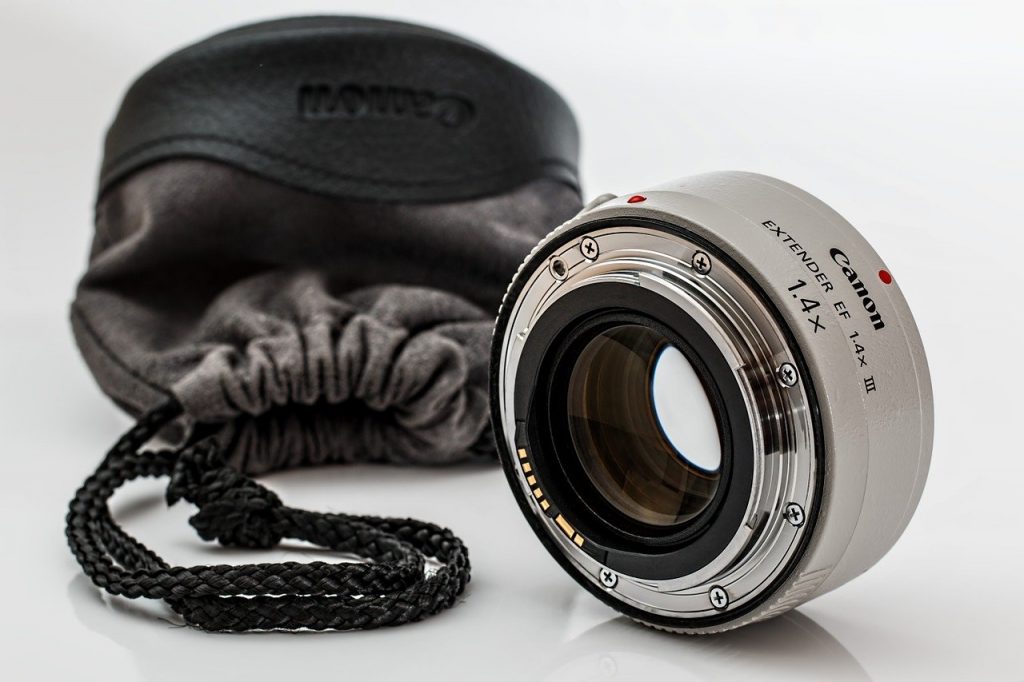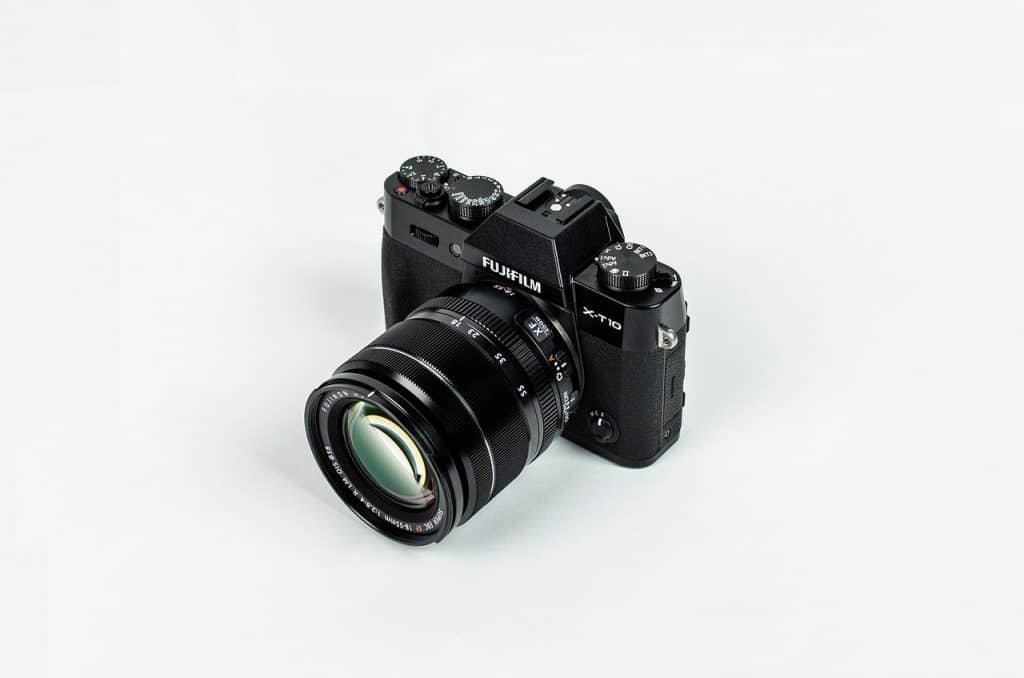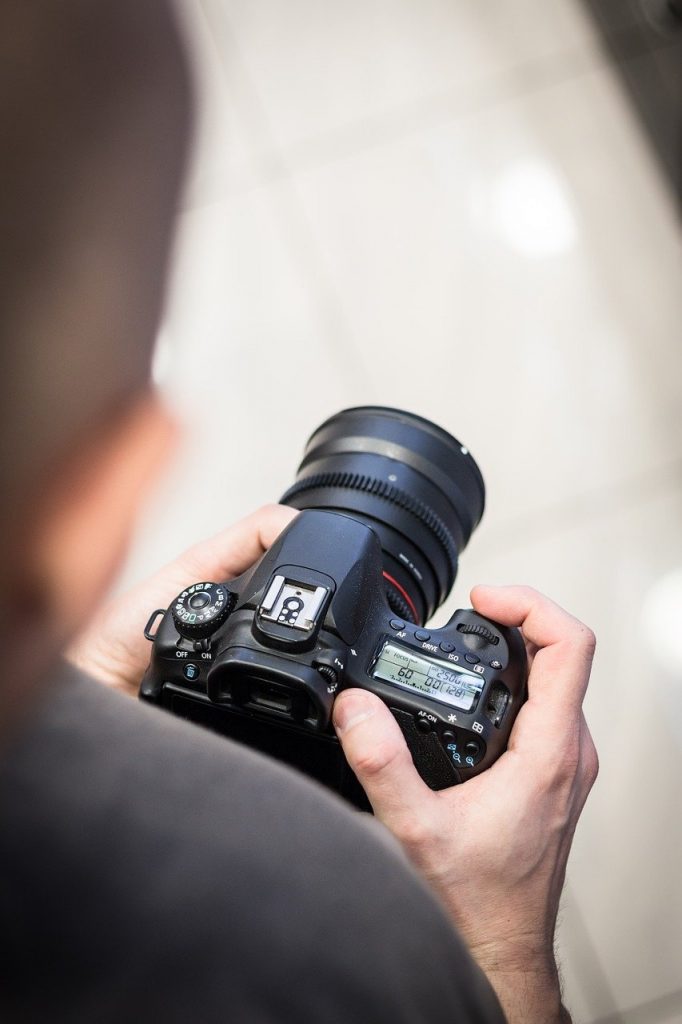Despite the fact that the prices of digital photography equipment continue to fall significantly, it can be difficult to spend a thousand or more dollars on a brand new camera or lens. On the plus side, camera equipment (particularly lenses) holds its value extremely well. As a result, there is almost always an excess of used camera bodies, lenses, and accessories on the market.
Before you take the plunge and purchase used equipment, keep in mind that used equipment can be difficult to evaluate in terms of quality and price. As a photographer who shamelessly has about half of her gear in used condition, here are some steps I take when considering a used camera purchase.
Check the prices of used items on reputable online retailers.

Almost every online camera retailer now has a used section on their website. The availability of items varies obviously, but a simple item check can yield estimates for the current standard used prices of the items you want. Take note of each item’s quality rating and commentary, and see how it compares to your expectations.Used items that are priced too low frequently have some sort of cosmetic or mechanical flaw, so if you think you’re getting a great deal, be skeptical.
Another reason to be skeptical of ridiculously low prices is that they may be grey market items with no factory warranties. Finding the serial number and referencing it in the camera manufacturer’s database is the best way to determine if it’s a grey market item. The benefit of purchasing used gear online is that the gear has often been checked out and rated by the retailer. In the event that you are dissatisfied with your purchase, there may be some room for exchanges and returns. Check twice and make sure you know who the seller is, especially if you’re shopping on Amazon, where private sales are permitted.
Look through the classified ads in your area
Examine local bulletin boards or publications, or look through the Craigslist directory in your area. Buying used gear in person has the advantage of allowing you to try it out before you buy it. Are you apprehensive about meeting a stranger for business? Choose a meeting location that is extremely public, such as a mall or a cafe. Also, I’ve discovered that many Craigslist camera gear sellers in my area are other professionals, so their names and web portfolios can be easily researched online before meeting in person. If you do decide to do a face-to-face transaction, make sure you know how to evaluate used camera equipment.
How to Determine the Quality of Used Lenses

In terms of quality, lenses are relatively simple to evaluate. First, thoroughly inspect the lens for common issues such as fungus, dust, and scratches. If you shine a light through the lens, any flaws should be visible. It should be noted that some issues, such as dust and minor scratches, are likely to be cosmetic in nature and should not have an impact on overall image quality. Fungus on the lens, on the other hand, is a deal-breaker because it is extremely difficult and expensive to remove.
Second, put the lens through a mechanical test to see how it performs. It’s best to bring your regular DSLR along to see how it fits. Check that the aperture blades on the ring are clean and free to move, and experiment with the zoom and focus rings. It’s not uncommon for the rings to provide some resistance depending on the lens model, but make sure they both operate relatively smoothly. Finally, test the lens’s autofocus operation to ensure it is smooth.
How to Determine Used Camera Body Quality

Used camera bodies can be more difficult to evaluate. While it’s natural for bodies to show signs of wear and tear, use your first visual impressions of the camera as your guide. If the camera appears to be worn and used, it’s likely that the inside isn’t much better. The shutter, which is very expensive to replace, is the most telling part of the camera body’s lifespan. People will sometimes sell their cameras when the shutter is about to fail, which means the new owner will have to spend a lot of money to replace it soon after.
The camera make and model dictate how to check shutter counts and how many shutter counts are acceptable for a used body. Google searches and online forums should provide some resources.
Another feature of the camera body that should be tested is autofocus. Test the camera with a dependable lens that you bring with you and see how both single and continuous autofocus perform. While you’re at it, check the lens mount on the camera and make sure it’s secure.
The camera make and model dictate how to check shutter counts and how many shutter counts are acceptable for a used body. Google searches and online forums should provide some resources.
Another feature of the camera body that should be tested is autofocus. Test the camera with a dependable lens that you bring with you and see how both single and continuous autofocus perform. While you’re at it, check the lens mount on the camera and make sure it’s secure.
Buying used camera equipment is perfectly acceptable whether you’re an amateur or a professional. Just make sure you do your homework and have a thorough understanding of the product you’re thinking about purchasing. Always use reputable sources, and keep in mind that if a deal appears to be too good to be true, it probably is!
Note: If you want to make some adjustments to the photo just let me know. I can do it for you at a very low cost. You can hire me to edit your photo.
LATEST POST
- What is Midjourney
 Discover the capabilities of Midjourney AI, learn how to effectively utilize the platform, and explore the advantages and disadvantages of the Midjourney AI image generator across its different pricing options.
Discover the capabilities of Midjourney AI, learn how to effectively utilize the platform, and explore the advantages and disadvantages of the Midjourney AI image generator across its different pricing options. - Brand identity elements
 In the vast marketing universe, imagery is pivotal in establishing and nurturing a brand’s identity. A brand’s visual choices are not merely aesthetic decisions but strategic moves that can significantly influence perception and performance. This Picfixs article explores the intricacies of selecting imagery that complements and enhances a brand’s essence, ensuring it resonates with the… Read more: Brand identity elements
In the vast marketing universe, imagery is pivotal in establishing and nurturing a brand’s identity. A brand’s visual choices are not merely aesthetic decisions but strategic moves that can significantly influence perception and performance. This Picfixs article explores the intricacies of selecting imagery that complements and enhances a brand’s essence, ensuring it resonates with the… Read more: Brand identity elements - 100 Best Mountain Captions and Mountain Quotes for Instagram
 Ready to scale new social media heights? Look no further than this treasure trove of 100 exhilarating captions and quotes, handpicked for your Instagram mountain posts!
Ready to scale new social media heights? Look no further than this treasure trove of 100 exhilarating captions and quotes, handpicked for your Instagram mountain posts! - Symmetry in Photography: A Creative Approach with Examples
 Delve into the enchanting realm of symmetry in photography as we showcase mesmerizing examples on our website. Experience the allure of perfectly mirrored images!
Delve into the enchanting realm of symmetry in photography as we showcase mesmerizing examples on our website. Experience the allure of perfectly mirrored images! - 11 Quarantine Photoshoot Ideas to Try at Home for Amazing Photos
 Looking for unique photoshoot ideas during quarantine? Explore the 11 creative suggestions that will help you capture unforgettable moments at home.
Looking for unique photoshoot ideas during quarantine? Explore the 11 creative suggestions that will help you capture unforgettable moments at home.


